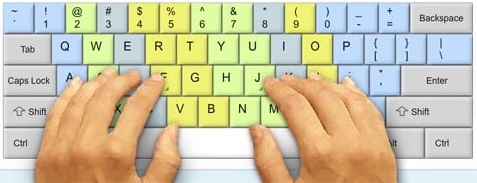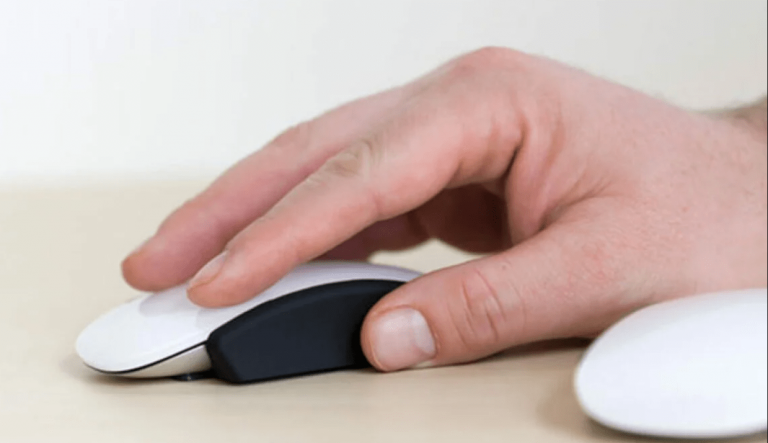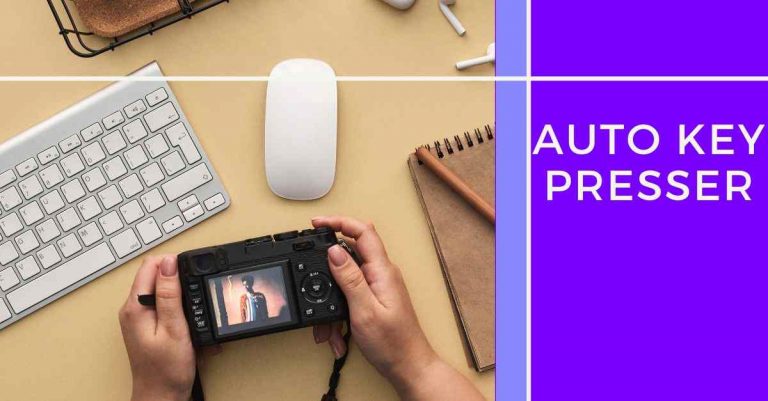How to Increase Mouse Speed
While using a mouse with your computer or laptop, you’ll need to know how to modify mouse speed at some point. Whether you’re working on a precision-based assignment or you just bought a new mouse, it’s crucial to understand the ins and outs of this capability.
This is especially true for some PC gamers, as your mouse can have a significant impact on your in-game performance.
In this post, we’ll tell you in detail about how to increase mouse speed and efficiency.
So, How to Increase Mouse Speed?
It’s good to know that increasing mouse speed or altering mouse sensitivity is a simple task. Watch out for the following steps:
- In the bottom corner of the screen, click the button of Windows.
- To go to Settings, press the gear mark on the left side, and it must be just over the Power mark, from where you shut down or restart the device.
- On the Settings window, go to the Devices tab.
- If you want to review different mouse settings, enter “mouse” within the “Find a setting” search bar.
- On the left sidebar, choose the Mouse tab. It must be shown with options of other devices such as Bluetooth and Printers.
- Locate the Cursor speed slider and move the pointer to the right to increase mouse speed. Take the arrow to the left to decrease.
- Check the Related settings for further cursor modification options. You can manage the size and look (including color) by clicking “Adjust mouse & cursor size,” and you may examine “Additional mouse options” for more methods to personalize.
This may address your primary worries; however, additional ways to adjust your mouse input experience. Such as:
- Select the main button (right or left)
- Scroll speed can be changed.
- Control the cursor size
- Hovering over inactive windows causes them to scroll down.
Spend some time investigating whether you have any other complaints about the functionality of your mouse. If you need more assistance accessing some of your device’s more sophisticated capabilities, you can also consult the Support Mouse Features guide.
Suggestions For Enhancing General Mouse Speed And Accuracy
Think About Replacing Old Or Worn Mousepads
Maybe you’re keeping your old mouse pad for emotional causes, or you don’t want to waste money buying a new one. These older things with peeling, tears or wear constitute an impediment to your mouse. Loose threads can build up and block the laser sensors of your mouse, or they can enter into it.
To avoid these problems, consider replacing your mouse pad when it begins to show signs of wear and tear, as this is the most common source of interference. You can choose a gaming mouse pad when shopping for a new pad. They are built for easy use and accurate input, so they become an excellent choice even if your leading “gaming” attempts to get across the email inbox prior to the end of the day.
Upgrade the Mouse
If you’re having trouble with your mouse, it might be time to get a new one. Some mouses are a popular and inexpensive USB choice, although some vector essential mouses offer more advanced capabilities such as DPI adjustments.
A replacement mouse may not address all of your difficulties, but it can make a significant impact if you were previously using an outdated or malfunctioning device.
Look For Choices That Allow You To Control The DPI
Direct DPI adjustments are one of the simplest ways to control mouse speed. DPI controls, which stand for “dots per linear inch,” allow you to adjust the speed at which your mouse goes over your screen. The majority of gaming mouses contain DPI adjustments just below the scroll wheel.
Think About Hardwired Options
There’s no denying that a wireless mouse provides more mobility and use, especially if you switch between workstations. However, there are certain advantages to using wired mice.
They are more responsive and usually cost a little less at the checkout. There is also no chance of interference due to signal problems and no need to worry about batteries.
Search for Other Software
Check to see whether your mouse came with any additional software for the most robust sensitivity controls. While each interface is unique, many feature other management settings and options for more precision.
When Should You Consider Mouse Sensitivity?
Many users only look into modifying mouse sensitivity when they have a problem; however, you might want to make a change in a few typical scenarios. Following are some examples:
When Adjusting the Display Size or Resolution
This changes the topography and size of your desktop, requiring your mouse to go further during tasks. If you have a huge display, there may be a need to learn how to increase mouse speed so you may navigate the screen more swiftly and efficiently. You may wish to reduce mouse sensitivity on smaller screens.
For Gaming Purposes
Mouse responsiveness is essential regardless of the scope and size of your favorite game. In this situation, you might want to think about hardwired or dedicated gaming choices, as we stated above, or raise the sensitivity on your current device.
Increased Workflow
If you anticipate a significant change in your work patterns, you should also consider speed. When you’re stuck or falling behind, a few minor adjustments can make a tremendous difference, especially if you’re not working on your main device.
When Something Does Not Feel Quite Right
Errors and upgrades can sometimes influence settings. If anything doesn’t look suitable with your mouse input, examine the settings first before considering replacements or upgrades.
Conclusion
While knowing how to modify the speed of the mouse is vital, there are more ideas you can do to prevent issues with your mouse. For most people, this entails a brief visit of your PC’s settings and, poof, issue solved. But, if you’re still having problems, save our suggestions in your mind, and make sure to inspect the mouse pad for wear out prior to purchasing a new one.






